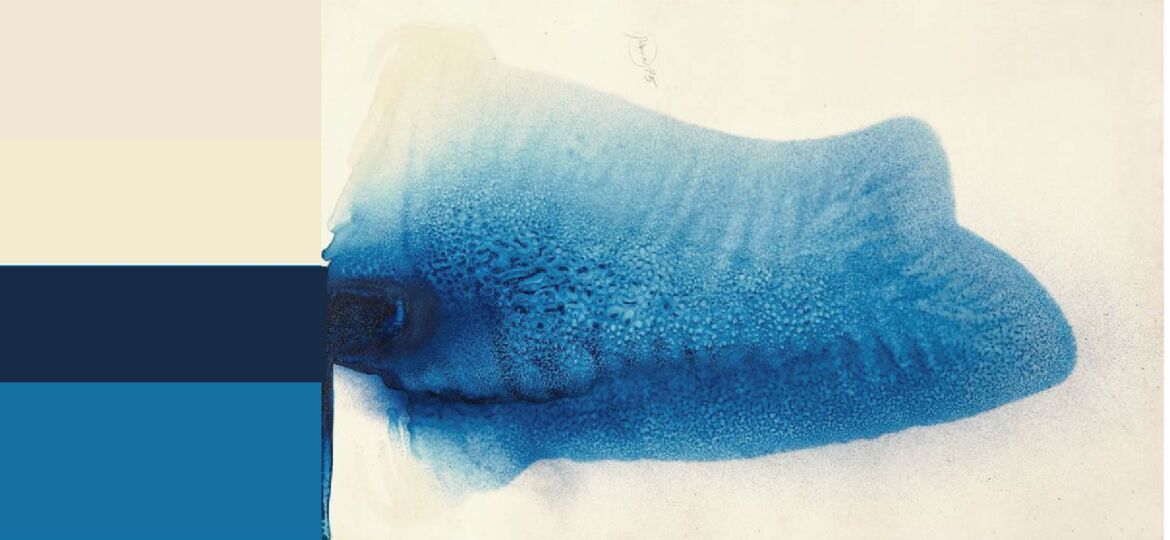
Milia is usually seen in young people, but it can also be seen in older ages, although rarely. It is possible to think of milia as a lump of fat. If the layer on the skin becomes too thick and the skin pores are closed, the fats accumulated in the pores cannot find a channel they can open and begin to appear as yellow, white deposits on the skin surface. When these are too much, it is called miliasis and its appearance can be disturbing.
How is it treated?
Firstly, it is recommended to have skin care. However, sometimes skin care is not enough. In cases where skin care is not sufficient, the physician must open and drain the lesion under sterile conditions with a small syringe or a tiny scalpel tip.
Anaesthetic cream is applied before the procedure. Afterwards, milia cleaning is performed. Afterwards, the person is sent home with the appropriate prescription and treatment with the help of home products. Since it is important to work without leaving scars, it is necessary to get help from the right specialist. Afterwards, tiny crusts are experienced, these will pass after a while.
What should be considered afterwards?
After the skin recovers after milia cleansing, regular skin care is recommended at intervals of 20 days. Since it is mostly seen in oily skin, it is important to use products that reduce oiliness. It is also recommended to do carbon peeling that controls oiliness. If the person wishes, it is also possible to suppress the sebum producing channels under the skin with Scarlet S (gold needle radio frequency). In short, Milia cleaning is a procedure open to combination treatments.
How many sessions and how long does the procedure last?
The procedure is performed in one or 2 sessions. This also varies according to the patient’s condition. The procedure takes approximately 30 minutes or 45 minutes.
How long does the effect last?
The effect varies according to the food and beverages consumed by the patient. But it shows its effect for an average of 3 months.



